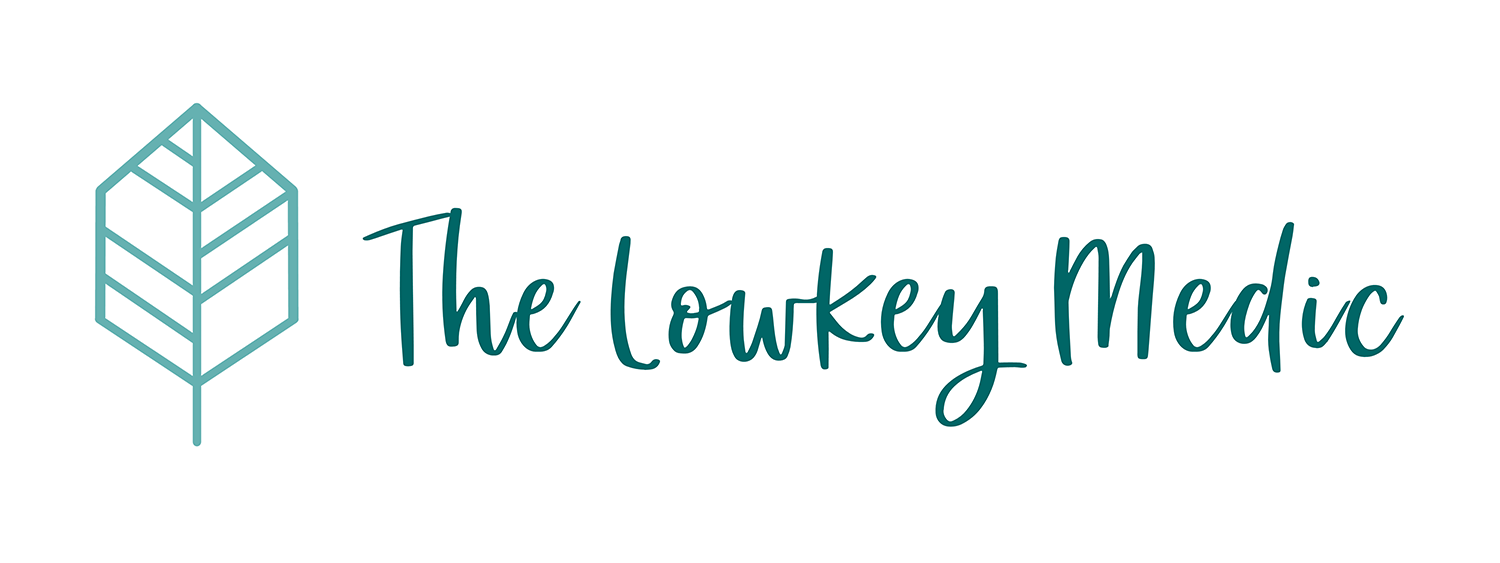Most weeks we’re in the wards (i.e., inpatient), but this week we had a “Clinic Week”, where we sit in at the outpatient clinics.
(P.S. This was actually two months ago haha—a very delayed post. Clinics are a different experience and also a huge part of patient care, so decided to still post this!)
Monday PM: General Medicine Clinic
Today I had the morning free so I did some studying. Then I headed off to the General Medicine Clinic at 2pm. Funnily enough, no patients arrived for a good one hour. Perhaps because of the pouring rain, the patients seemed to choose this exact day to default their appointments.
Eventually, we did see one patient with hyponatraemia (low sodium) that has been resolved, and another with lower limb swelling (likely due to chronic venous insufficiency).
The doctor shared with us that another patient that was supposed to come today was referred for resistant hypertension (high blood pressure not resolved by medications). She also said that in General Medicine, patients coming through the door can have very varied conditions. Often you’d have to consider a very broad spectrum of possible diagnoses. Therefore, your medical knowledge has to be very sound.
Tuesday PM: Cardiology Clinic
The doctor actually took real effort to involve me in the clinic. The tragic thing is, our Cardiology posting is the last week, so I’ve completely neglected it thus far. 90% of the time I was telling him “I really haven’t studied this yet” while trying to dredge things up from the deep recesses of my (tiny) brain.
The patients were actually not too much out of the ordinary? As you can imagine, whatever’s coming through the clinic (usually) won’t be an emergency. One of the more memorable encounters was an older lady with an atrial septal defect (a hole between two chambers of the heart). She came in with her daughter and it was just very funny how she jokingly ‘accused’ the doctor of not explaining things clearly the previous time, and then he very patiently went over everything again, making sure the daughter understood it all clearly as well. It was just super nice how they interacted and laughed along. And yes you can see the ‘hole’ on the ultrasound scan of the heart.
Wednesday AM: Respiratory Medicine Clinic
I AM SO GLAD I READ UP (A BIT) BEFORE GOING. The doctor started quizzing me straight away and I would have died on the spot if I had not read up at least that little bit before going. (FYI he’s a Senior Consultant.)
The first patient had COPD (chronic obstructive pulmonary disease). This is usually due to smoking, and it’s one of the more common respiratory conditions you’ll see. The doctor handed me a pulmonary function test report to interpret. The only lung sound I managed to listen to was one of bronchiectasis.

Thursday AM: Endocrinology Clinic
As mentioned in a previous post, I went for Endocrine Clinic twice before, and essentially the conditions you might see include things like diabetes (most common), thyroid problems, and osteoporosis.
There would be quite a lot of focus on management, especially for conditions like diabetes, where the patients are being followed up long-term and blood sugar control is paramount. It’s not very exciting (for a student / observer), but it does form a very crucial aspect of patient care.
Thursday PM: Rheumatology Clinic
The joint problems are relatively straightforward if you get to see the physical signs (deformed joints of the hands, rash, etc). Then comes a complex case of vasculitis (or an as yet undiagnosed autoimmune disorder), and you’re lost.
Essentially Rheum clinics are fun if you get to see deformities and skin changes etc, and perhaps less so if the condition is not readily “visible”.
Friday AM: Anticoagulation Clinic
This is actually a clinic run by pharmacists, and not doctors. Every single patient that comes in is taking an anticoagulant medication called warfarin. Basically it’s quite tricky to manage their parameters on this drug, so they have to keep coming back regularly to get checked and for the pharmacist to adjust the dose of warfarin.
So it’s patient after patient of follow-up and counselling on warfarin. It becomes very repetitive, but I did ask some questions and learn the important points about warfarin counselling.

(Image source: Singapore Heart Foundation)
The following week: Cardio Valve Clinic
This is probably one of the more interesting clinics. We have to learn how to tell certain abnormalities with a patient’s heart valves by listening to their heart sounds (not easy for undiscerning ears like mine). So Cardio Valve clinic is good in the sense that it allows you to listen to more heart sounds and match them to each patient’s diagnosis.
The doctor was also very jovial and she let me listen to almost every patient’s heart sounds (with their consent, of course).
For patients’ confidentiality, all details and identifiers are omitted. I’m unable to tell each patient’s story (though they’ll definitely be rich and meaningful). For more on my personal experience and struggles as a medical student, you can read about my Med School Life.


